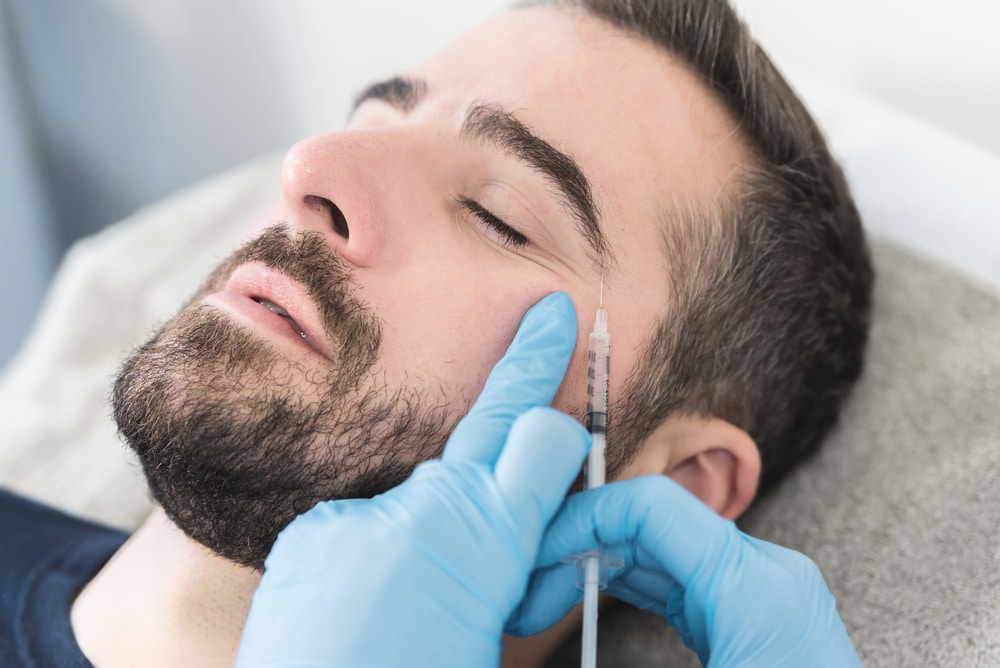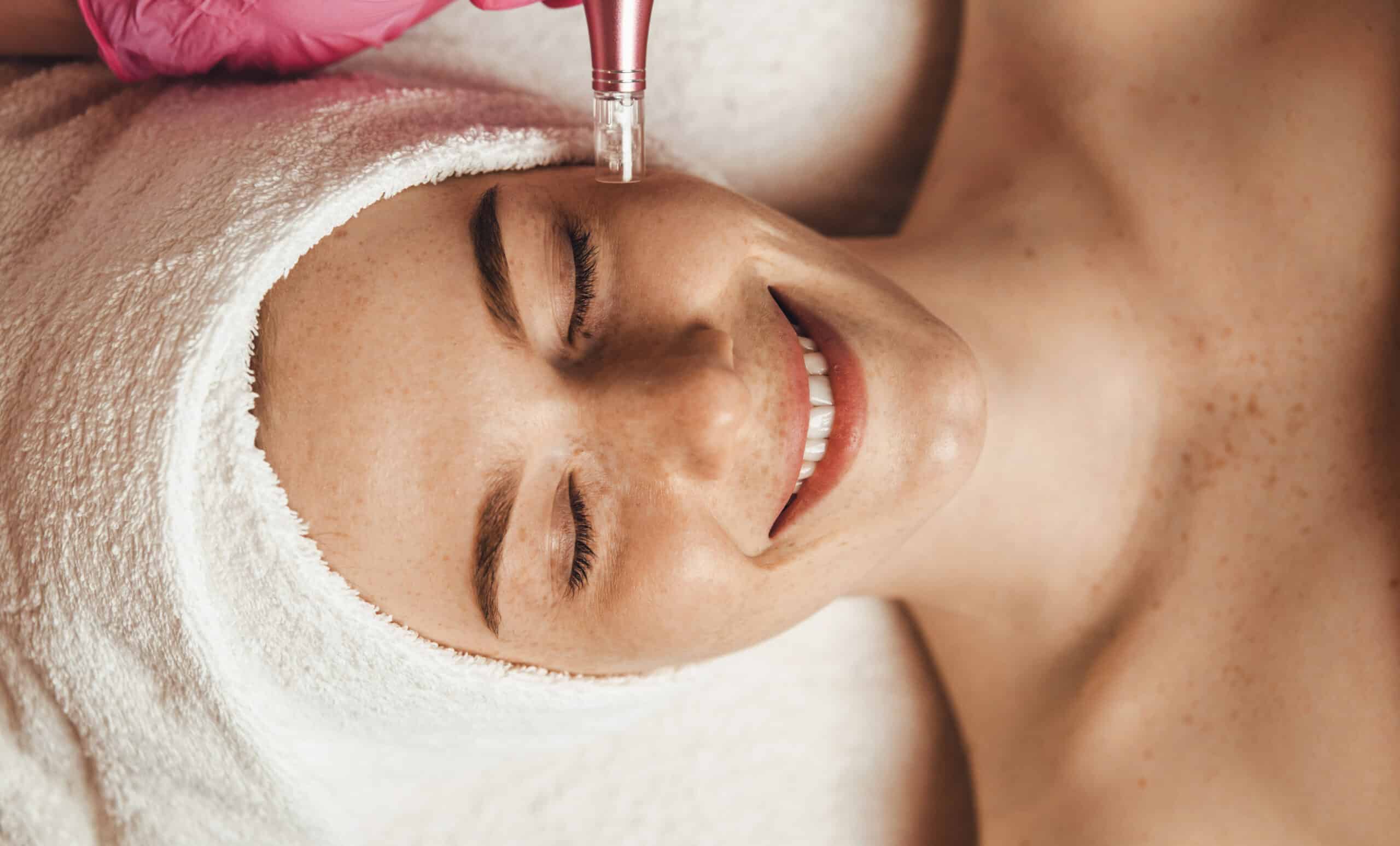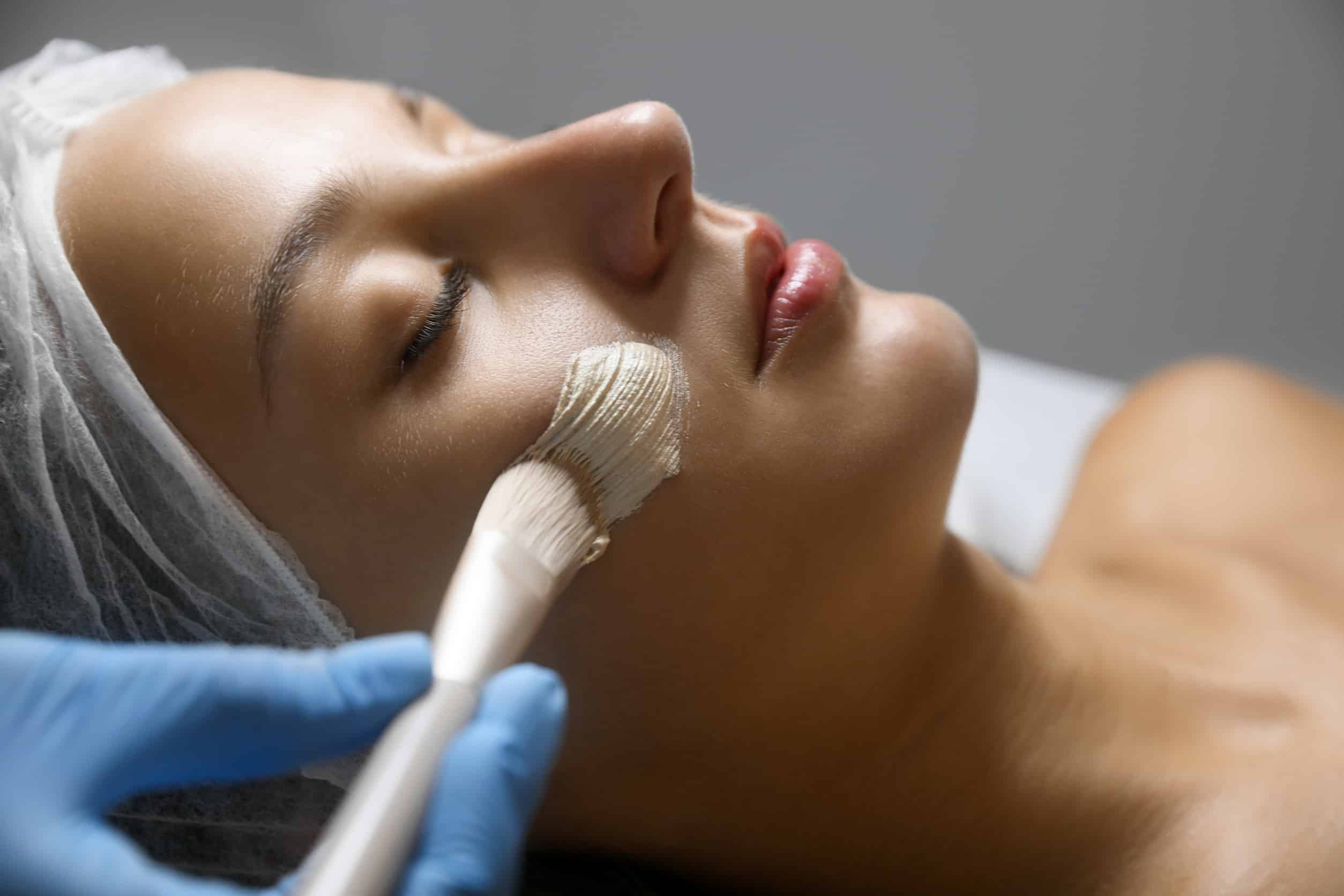Of all the non-surgical cosmetic treatments to choose from, Botox injections continue to be the top choice for people seeking anti-aging procedures. Due to being minimally invasive and accessible, it’s a great option for smoothing wrinkles and fine lines.
At Healthylooks Medspa, we can target and relieve wrinkles in patients from 18 years of age and up with Botox treatments. A common question amongst our patients during consultations is how often should you return for a maintenance session? First, let’s explain how Botox works.
How Often Should You Get Botox Injections
So, you’ve decided to get Botox. Now how often should you go in for treatments? That all depends on your age, wrinkle severity, and how long the treatments normally last for you. Not every patient’s experience is the same, but the average time frame for Botox efficacy is around four months.
After that time period, you’ll start to see your original facial lines begin to re-form. If you’re in your twenties and using Botox as a preventative treatment, you may consider scheduling a treatment every 12 weeks. Otherwise, a maintenance series of injections scheduled every 12-16 weeks is most likely sufficient.
Factors That Affect the Longevity of Botox
How long Botox lasts can depend on several things, like your metabolism, the dose you get, and where it’s applied. If your body processes stuff quickly, you might need touch-ups more often.
Additionally, areas with stronger muscles, such as the forehead, may need more frequent injections compared to areas with smaller muscles, like the crow’s feet. Your Botox treatment plan should be customized based on your unique needs and goals.
Signs You May Need More Frequent Treatments
If you notice that the effects of your Botox injections are wearing off faster than expected, it may be a sign that you need more frequent treatments. This can happen if you have particularly strong facial muscles or if you engage in activities that cause you to sweat heavily, as this can break down the Botox more quickly.
Not seeing the results you want from your injection schedule? Reach out to your provider. They’ll evaluate what’s happening and may recommend increasing how often you get treated.
How Botox Works to Reduce Wrinkles and Fine Lines
Botox, a neurotoxin, works by temporarily paralyzing muscles. When used early on aging signs, it can help with strabismus (a wandering eye), ease facial tics, and improve vision. Some recent studies also indicate that Botox might relieve severe migraines for certain patients.
However, it’s most commonly used to target the fine lines and wrinkles in the face, neck, and hands by keeping tiny facial muscles from contracting and pulling your face into expression lines that can make you appear older.
The Science Behind Botox Injections
Botox works by temporarily paralyzing the muscles that cause wrinkles and fine lines. When injected into specific facial muscles, Botox blocks the nerve signals that cause these muscles to contract, resulting in a smoother, more youthful appearance.
Botox doesn’t last forever. Over time, your body breaks down the toxin, and muscles start working like they used to. This is why you need regular treatments to keep up the best results.
Areas Commonly Treated with Botox
Botox is a popular choice for smoothing out fine lines and wrinkles, especially on the forehead, between the eyebrows (glabella), and around the eyes where crow’s feet form. These dynamic wrinkles pop up from years of making facial expressions.
Targeting certain muscles with Botox helps erase existing wrinkles while also preventing future lines. It provides a fresh and young appearance without the need for surgical procedures.
How Botox Prevents and Reduces Signs of Aging
Regular Botox treatments do more than just smooth out existing wrinkles and fine lines. They also help stop new ones from forming by reducing the repetitive muscle movements that cause them. This way, you can keep a youthful appearance for longer.
For those just beginning to see the first signs of aging, like fine lines starting to appear, Botox can be a game-changer. Starting treatments early helps slow down these changes and keeps your skin looking smooth and youthful for longer.
Determining the Right Botox Treatment Schedule for You
When it comes to deciding on the frequency of your Botox treatments, there’s no one-size-fits-all approach. The right schedule for you will depend on a variety of factors, including your age, the severity of your wrinkles, and your individual aesthetic goals.
Working hand-in-hand with an experienced professional makes all the difference. They can assess your specific needs—whether it’s about your skin or muscles—and craft a treatment plan that suits you perfectly, aiming for top-notch outcomes.
Factors to Consider When Deciding on Botox Frequency
When deciding how regularly to receive Botox injections, think about what you’re trying to achieve. Your age plays a part in this decision as well as how pronounced your wrinkles are and what kind of results you’re looking for.
Your provider will check your skin and facial muscles to suggest a treatment plan that suits you best. If you have deep wrinkles or strong muscles, they might recommend more frequent sessions. For milder aging signs, fewer visits may be enough.
Consulting with a Qualified Provider
To get the safest and most effective Botox treatments, make sure you talk to a skilled provider. In your first consultation, they’ll check out your skin condition, listen to what you want and any worries you have, then suggest a treatment plan that fits exactly what you need.
Your provider will help you figure out the best schedule for Botox injections to keep looking great while reducing side effects. Trusting a reliable expert means you’ll be making smart choices about your anti-aging treatments.
Customizing Your Botox Treatment Plan
Your Botox treatment plan should fit your personal needs and goals. This might mean changing how often you get injections based on your skin’s reaction, or adding other anti-aging treatments like dermal fillers or laser resurfacing to see better results.
Your path to looking fabulous with Botox starts by talking openly with your provider about what you want. Addressing expectations together lets them craft a custom treatment plan for optimal results. Staying consistent is also crucial for success.
Maintaining Optimal Results with Regular Botox Treatments
One Botox session can show great results, but to keep that youthful appearance, regular treatments are the way to go. By sticking with a customized Botox plan, you’ll see longer-lasting effects and continue looking your best.
The perks of regular Botox go beyond a smoother face. Over time, using Botox consistently helps prevent new wrinkles and fine lines from appearing while also improving how healthy and radiant your skin looks.
Benefits of Consistent Botox Maintenance
Keeping up with your Botox appointments brings great benefits for those aiming to look younger. Regular treatments not only prevent new fine lines but also manage existing wrinkles effectively.
Taking this proactive approach to anti-aging can help you keep a youthful appearance for longer, without needing more intense procedures later. By staying on top of your Botox appointments, you’ll make sure your results always look smooth and natural.
Combining Botox with Other Anti-Aging Treatments
Botox works wonders for smoothing out dynamic wrinkles that form from muscle movements, but it doesn’t tackle everything. If you’re dealing with volume loss or sun damage too, you might want to combine Botox with other anti-aging treatments for a more complete approach.
Dermal fillers can bring back lost volume and smooth out those deeper wrinkles. Pair that with laser treatments to improve skin texture and tone, and you’ve got a winning combo. Adding Botox into the mix helps achieve a fresher, more youthful look.
Long-Term Effects of Regular Botox Use
Studies show that using Botox regularly for the long haul can really pay off for your skin. Besides keeping new wrinkles at bay, it improves skin elasticity and ramps up collagen production with consistent treatments.
You can expect a fresher, glowing look that keeps getting better with each Botox session. Remember though, results differ from person to person. Keeping up with good skin care habits and healthy lifestyle choices will help maintain the benefits over time.
Key Takeaway:
Getting Botox once a year might not be enough for most people. Regular treatments every 3-4 months are often needed to maintain results and prevent new wrinkles from forming.
Conclusion
So, is botoxing once a year enough? The answer is, it depends. While some people may be able to maintain their results with just one treatment a year, others may need more frequent touch-ups to keep those wrinkles at bay.
But here’s the thing, botox isn’t just about vanity. It’s about feeling confident and comfortable in your own skin. And if a little bit of Botox can help you achieve that, then why not go for it?
Getting Botox isn’t without its risks since it’s a medical procedure. Make sure to do thorough research and find an experienced professional to get the best, safest outcome.
At the end of the day, whether you choose to get Botox once a year or more frequently, the most important thing is that you feel good about yourself. So go ahead, embrace your inner beauty, and don’t be afraid to give Botox a shot. Who knows, you might just fall in love with the results.




